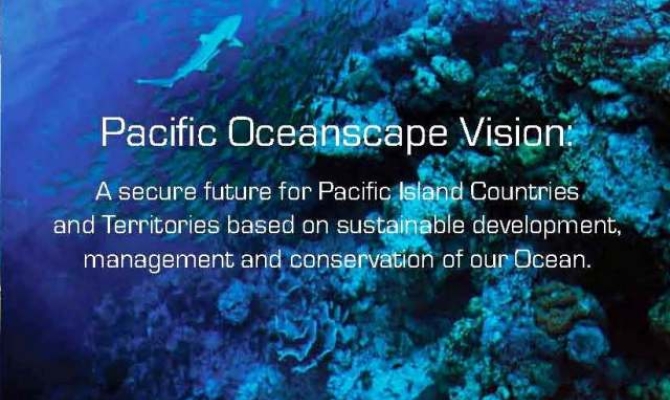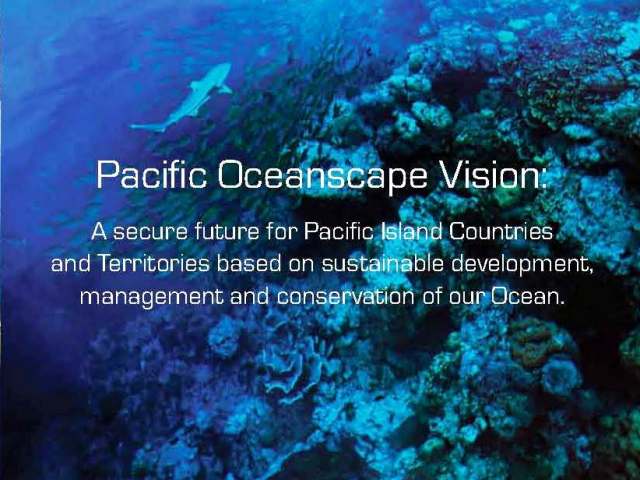
Biodiversity Conservation

The Secretariat of the Pacific Regional Environment Programme congratulates the Cook Islands Government for officially launching their Marine Park, making it the largest area in history by a single country, for integrated ocean conservation and management.
The Cook Islands Marine Park encompasses approximately 1.1 million square kilometers of the Southern Cook Islands’ Exclusive Economic Zone.
Also announced at the 43rd Pacific Leaders Forum was the intention by the Government of New Caledonia to create a Marine Protected Area that covers 1.4 million square kilometers, roughly half the size of India.
Both of these initiatives are contributions to the Pacific Oceanscape, an Oceans Framework for the Pacific that was adopted by Pacific Leaders in 2010.
“The commitment by Pacific Leaders highlights their interest in protecting and conservation our environment for many generations to come,” said the Director-General of the Secretariat of the Pacific Regional Environment Programme (SPREP).
“We are proud of this leadership shown and can only hope that these examples and others already in place to conserve our ocean resources, will be followed by many of the global leaders.”
The Pacific Oceanscape is a framework first proposed by the Government of Kiribati and aims to protect, manage, maintain and sustain the cultural and natural integrity of the ocean. Since the introduction of the framework 15 island nations have been cooperating with regional intergovernmental agencies and the conservation community to implement the Pacific Oceanscape Initiative.
Kiribati created the 400,000 square kilometers Phoenix Islands Protected Area in 2008, Australia announced it will expand its network of marine protection reserves to 3.1 million square kilometers with Palau and Tokelau creating vast whale, dolphin and shark sanctuaries in their waters.
“We look forward to this wave of marine conservation under the Pacific Oceanscape.”
“We look forward to this wave of marine conservation under the Pacific Oceanscape.”
The design and establishment of the Cook Island Marine Park was conducted in partnership with the Government of the Cook Islands, Conversation International Pacific Islands Programme (CI), the United Nations Environment Programme (UNEP), Secretariat of the Pacific Regional Environment Programme (SPREP), the World Conservation Union (IUCN) and the University of California Santa Barbara.